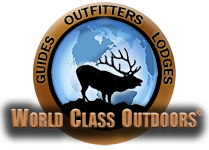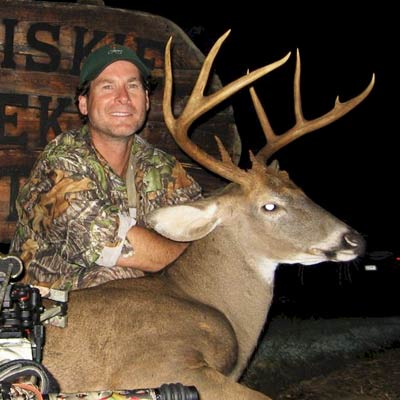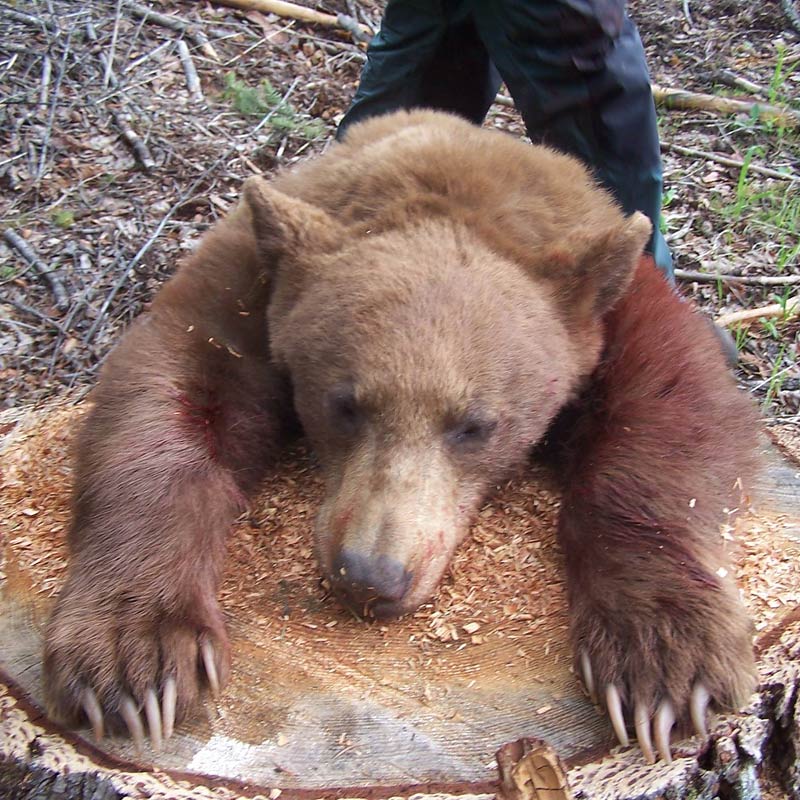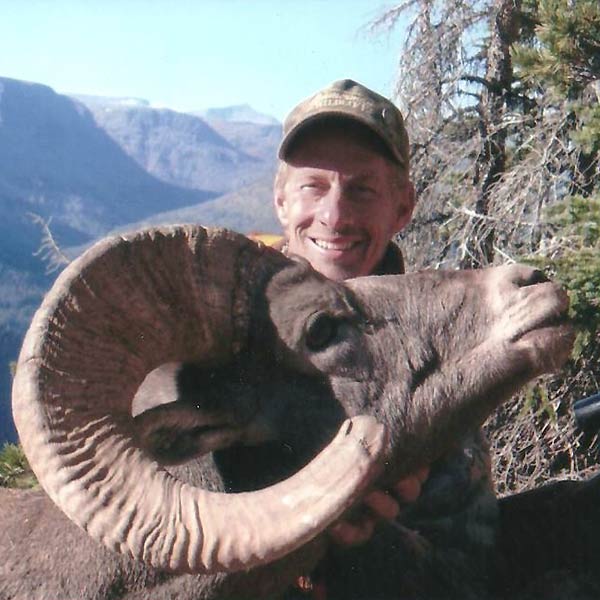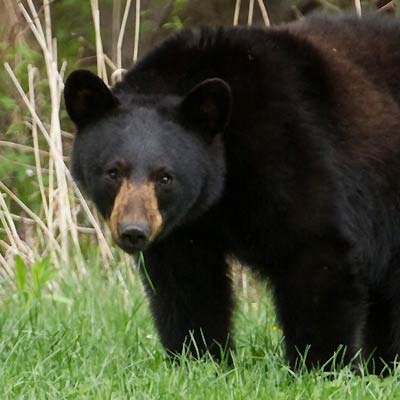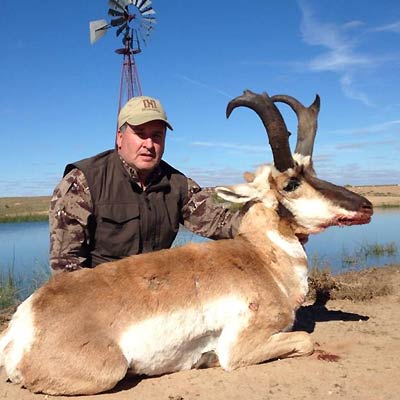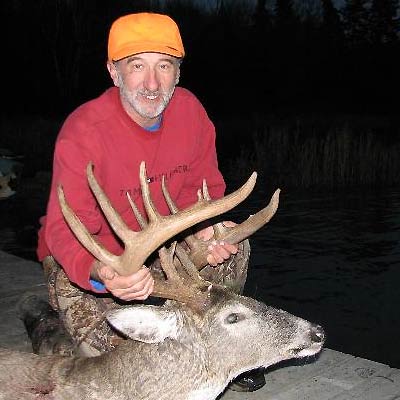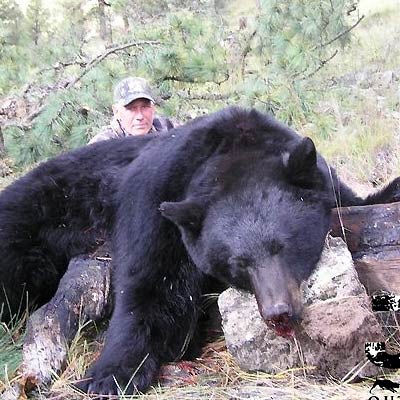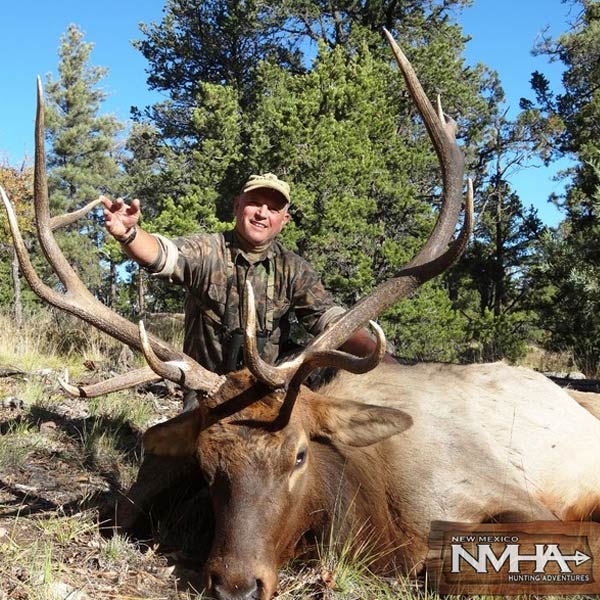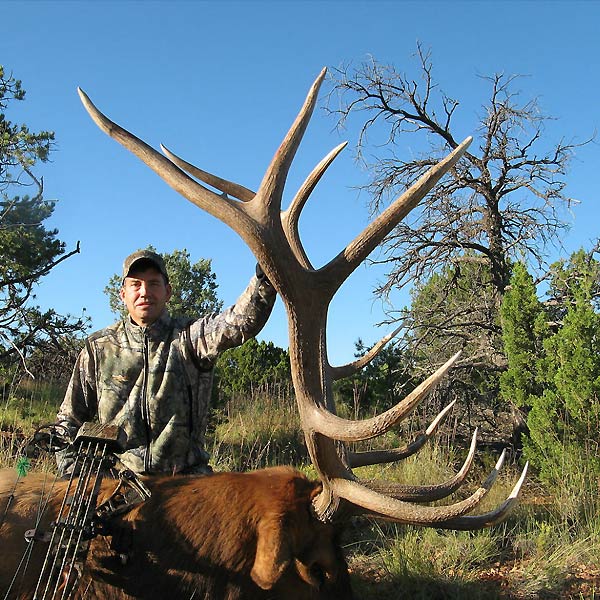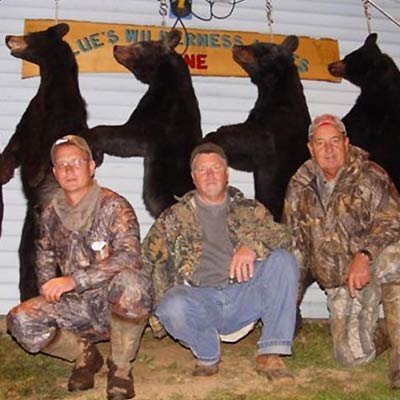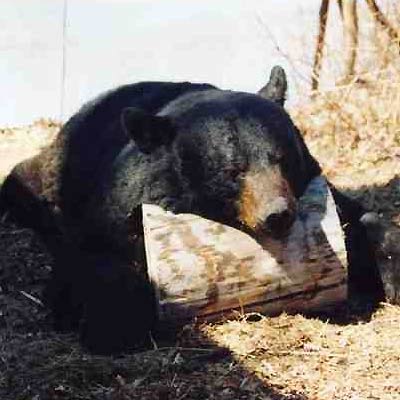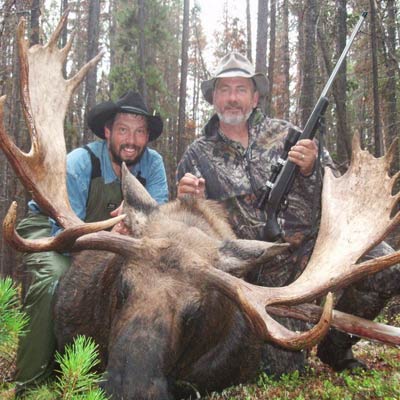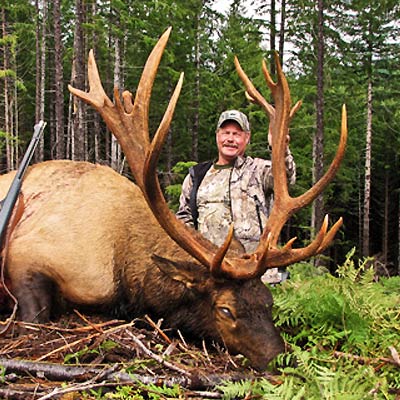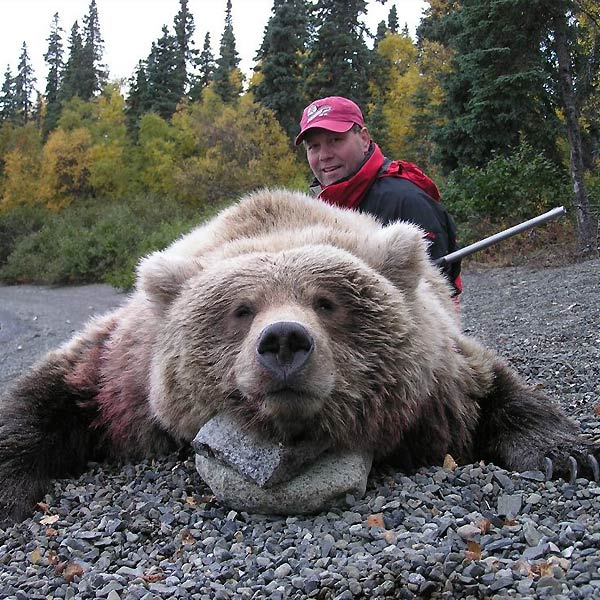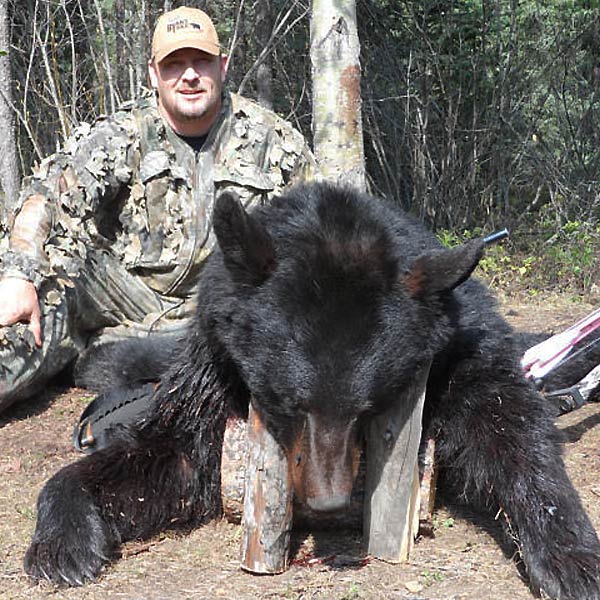 Choose an Area for Bear Hunts
Choose an Area for Bear Hunts
Premier Bear Hunting Outfitters
Featured Bear Hunting Guides
Guided Bear Hunts
There are several species of Bear in North America to hunt. The most common is the Black Bear and their coats can range from blonde to cinnamon to jet black. They are the smaller species and thrive from Maine all the way to the western US in Montana and New Mexico and most regions of Canada. The huge Brown Bear is the prize big game, along with Moose and Caribou, in Alaska and a few other western regions. World Class Outdoors features many Bear hunting outfitters and guides that are experienced, professional and knowledgeable, not only about bear hunting, but also about the laws, regulations, license requirements, hunting techniques and season dates for their area.
Black Bear Hunting Tips
Black Bears love to eat carbs – they need the energy and are looking to store fat. That’s why they frequent garbage dumps. They are looking for pizza, pasta, pastries, bread and and junk food. A variety of foods are used at baiting stations, but carbs are a good choice. Bears do not like rotten meat and will only eat meat if it is a fresh kill. Hunting over bait is not legal in all areas, so be sure to follow the guidelines established by the game and fish department for the state/province where you are hunting.
Black Bear have a very powerful sense of smell, about 250 times more powerful than humans. Black Bear know what people smell like, and they are very sensitive to perfume, smoke, deodorants, and other human smells. It is a good idea to wash your clothes twice, and the second time, only use water in order to rinse out all the detergent. If you smoke, bring a nicotine patch with you so you don’t go crazy craving a cigarette. A black bear can smell a cigarette miles away. And remember to use unscented deodorant, soap, shampoo. And make sure you boots don’t smell like stinky boots.
You must stay very still during your bear hunt. Bring a mint flavored throat lozenge with you in case your throat gets scratchy. You don’t want to cough on the stand. If allergies are a problem, take medication starting a few days before your hunt and each day of your bear hunt to keep you from sneezing.
Black Bears love the scent of mint. Use mint flavored gum and brush your teeth often. It may actually attract the bears!
Bear are not very vocal animals, but calls are used to hunt bear. You must be very cautious if using calling techniques that may make a momma bear think her cubs are in danger. You may be the one in danger.
Bear Hunting Techniques:
Spot & Stalk: The most common and perhaps one of the most exciting methods for Bear hunting. Make sure you have a high-quality set of binoculars. You will want to make sure you are in good physical shape for any spot and stalk hunting trip. If you are not use to hiking in high altitudes, do your best to prepare yourself by walking at an incline and spending time out of doors. Drink plenty of water to keep yourself hydrated and also to avoid an altitude headache while bear hunting.
Still Hunting: The key to any successful still hunt is pre-season scouting and knowing the routine of the bear. Your pro hunting guide should be very helpful in this area. Keep in mind that bear forage through the day on berries, ants and other edibles. Plan you hunting position near berry patches and other areas the bear might be feeding.
Calling Techniques: Once a bear is spotted, or you think you have a bear in earshot, the calling techniques are more effective. Predator distress calls and fawn bleats can be effective on fall bear. Big boar bears looking to fatten up for the winter my respond to these types of calls with impressive aggression.
Tree Stand: Due to the bear’s powerful sense of smell, tree stand hunting can be very productive. It is best to know the route of the bear so you can place your stand in a heavily trafficked area, and place your stand fairly high, 25-30 feet. Use safety straps and harnesses – that’s a long way to fall! Set tree stands in browsing areas that are frequented by bear. Your bear hunting guide will have patterned the bear before your arrival.
Baiting: Many hunters prefer using baited sites to insure some hunting action. If you are limited on your time, as most hunters are, you may want to consider this. Keep in mind the kinds of foods that bear like to eat. They have a ‘carb’ tooth! Baiting is NOT legal in all areas, so be sure to follow the state/province guidelines for baiting.
Bear Hunting with Dogs: Several pro outfitters, especially in the western states, have trained dogs to locate bear and “tree” them. If you are lucky, you’ll find a big bear on a limb. Bear hunting with dogs is NOT legal in all areas, so be sure to follow the guidelines established by state/province game officials.
